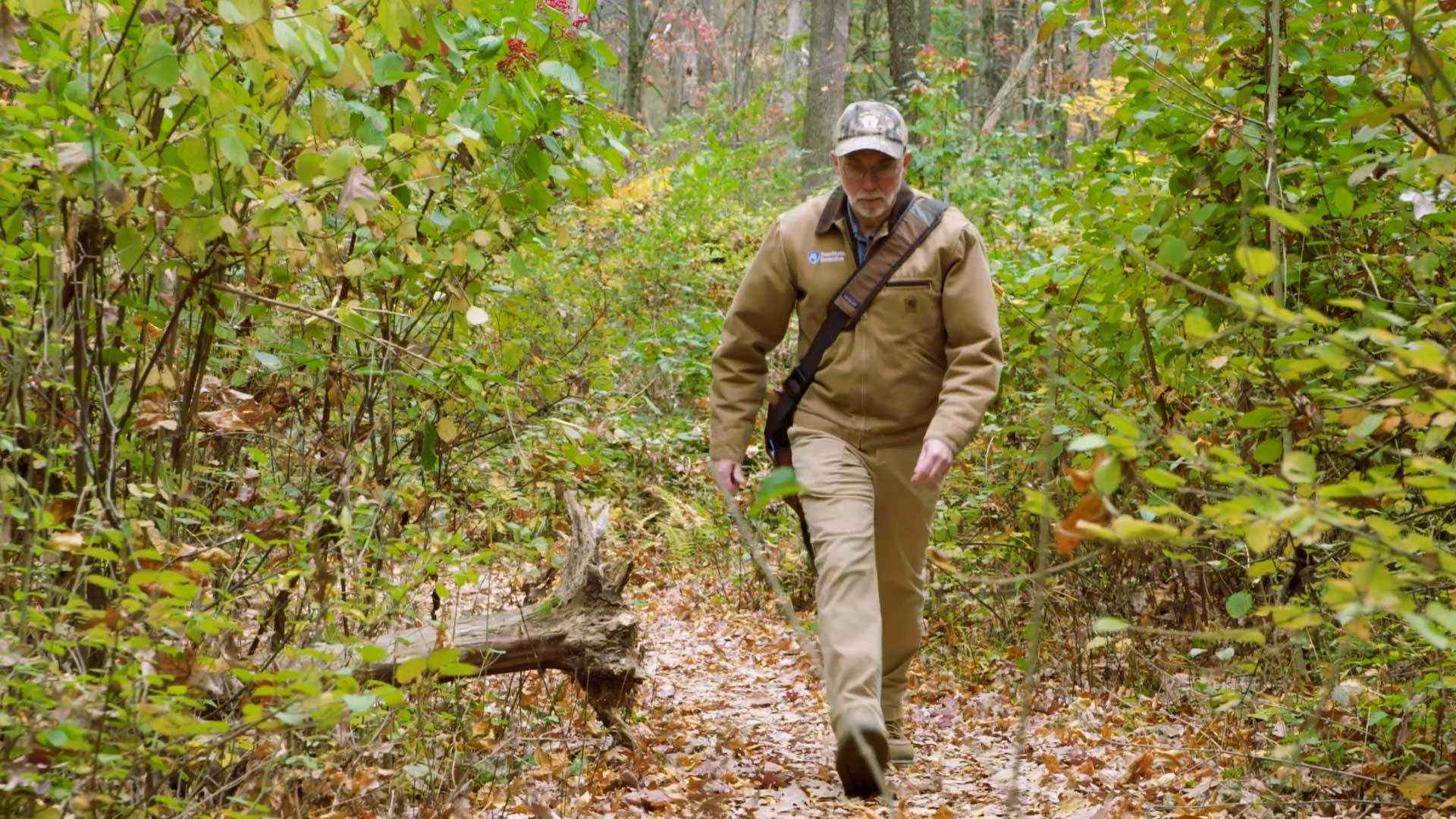
Hartley Wood is a beautiful, unique location. And the old growth here is very special because it’s dominated by large Oak trees.
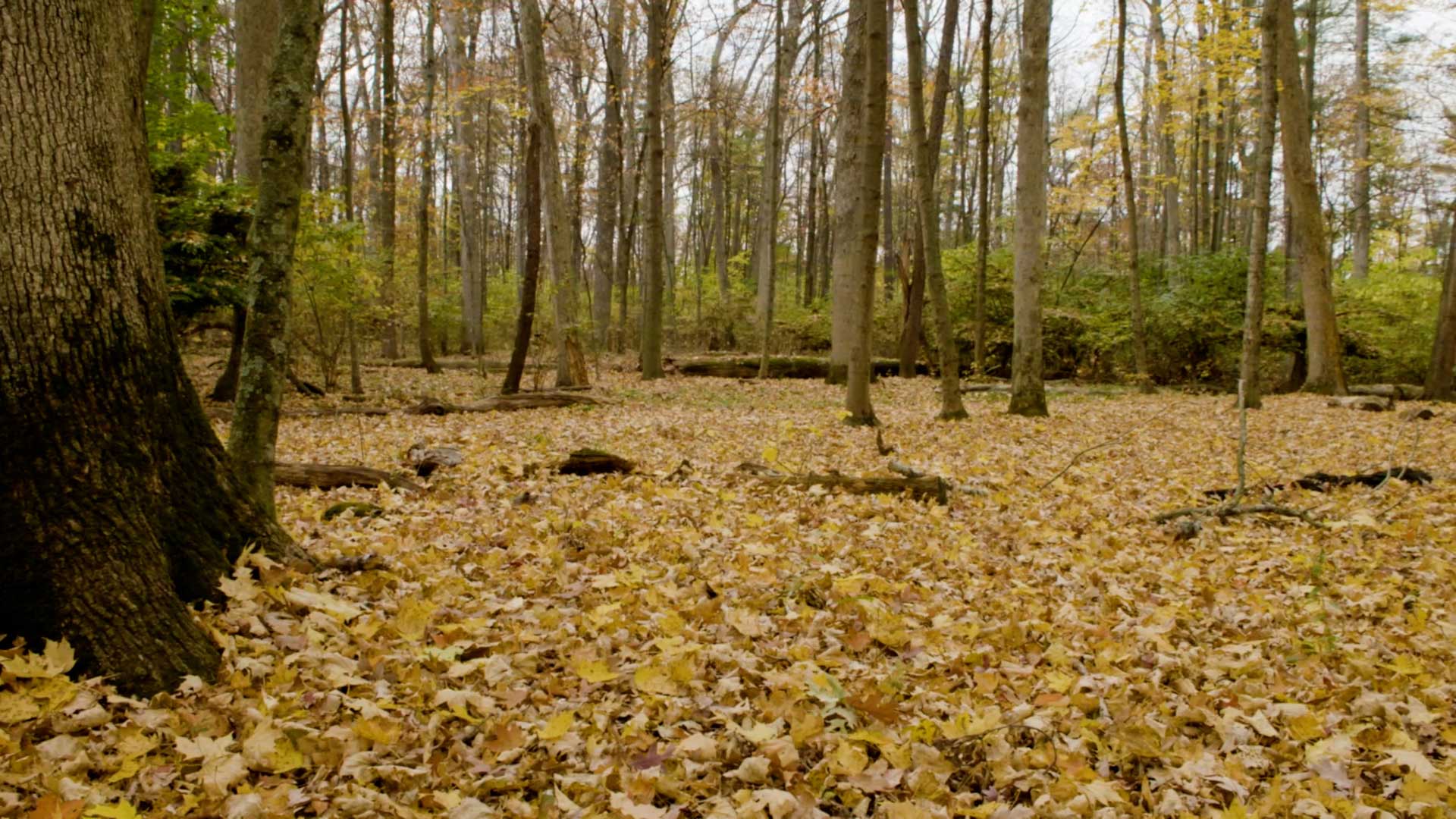
These trees here in this forest are between the ages of about 150 and 350-years-old.
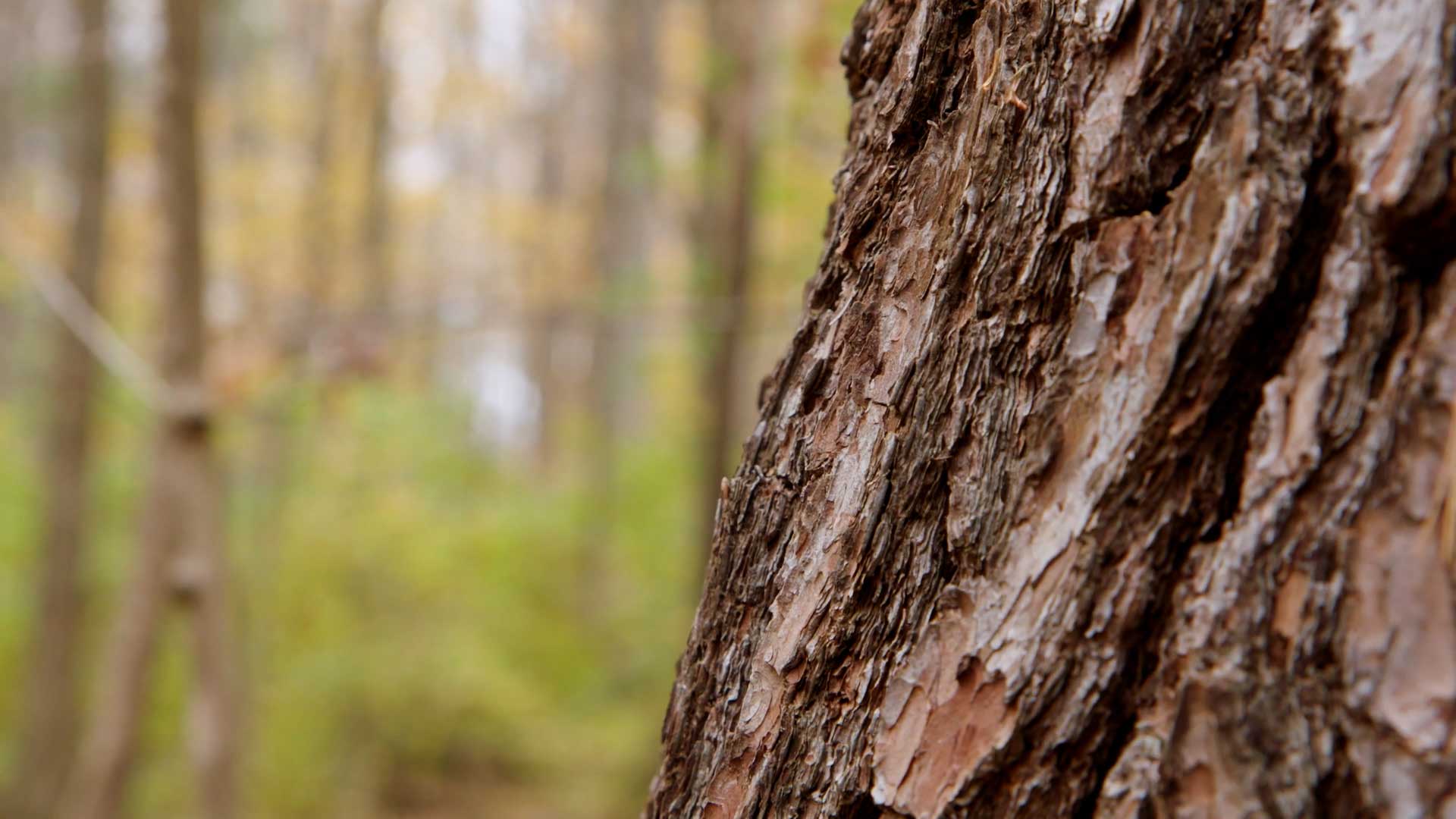
A tree’s age can be determined in a lot of different ways, some of which are just estimates on the age, such as looking at the height of the tree or looking at the bark of the tree.
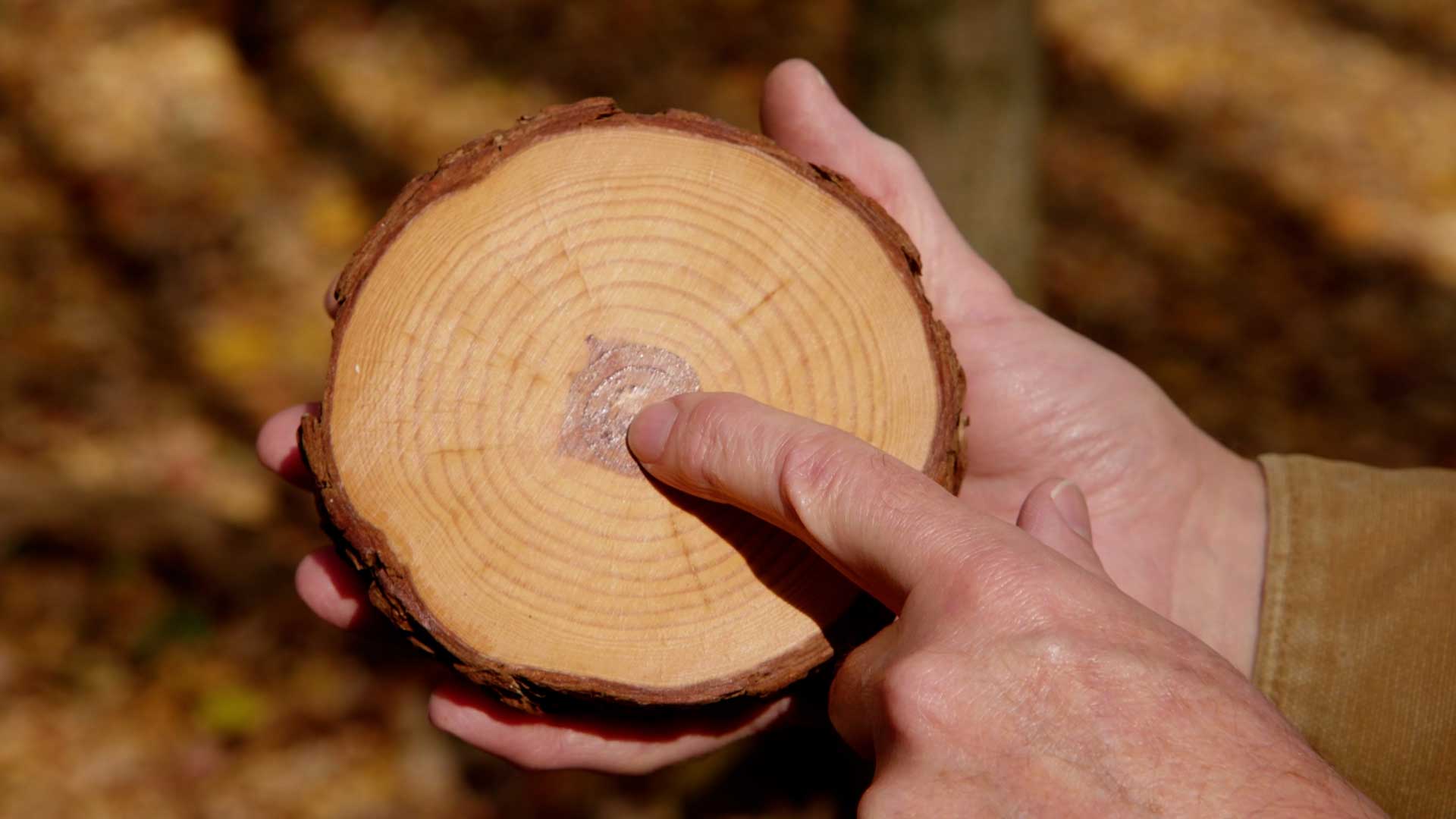
Many people know that counting the rings is a surefire way to determine the age of a tree. But to do that, you have to either cut the tree down or cut a neighboring tree down and compare the ages.
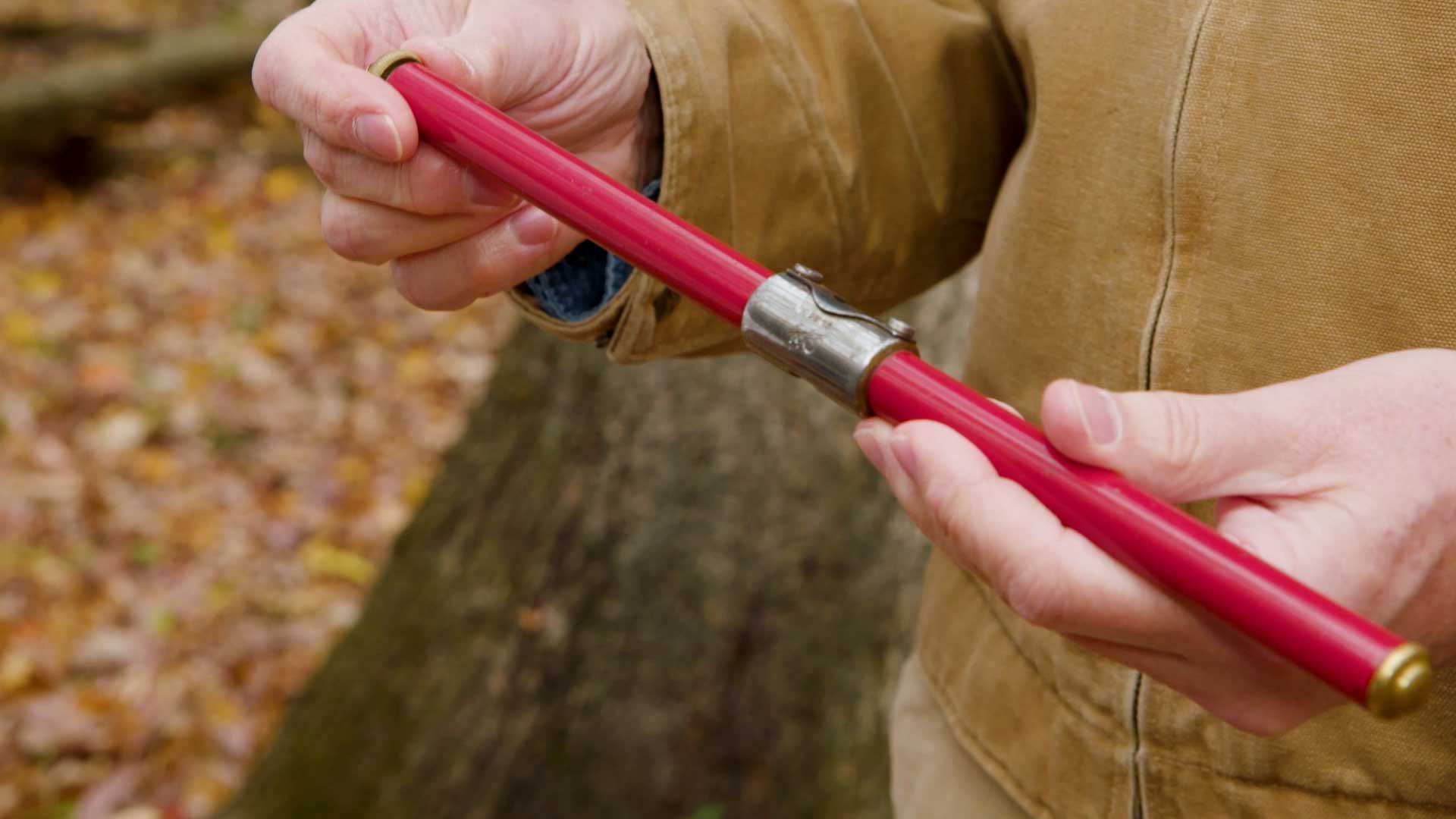
Foresters have invented a tool called an increment borer as a more efficient and less invasive way to determine the age. An increment borer is like a hand drill bit, except it’s hollow inside.
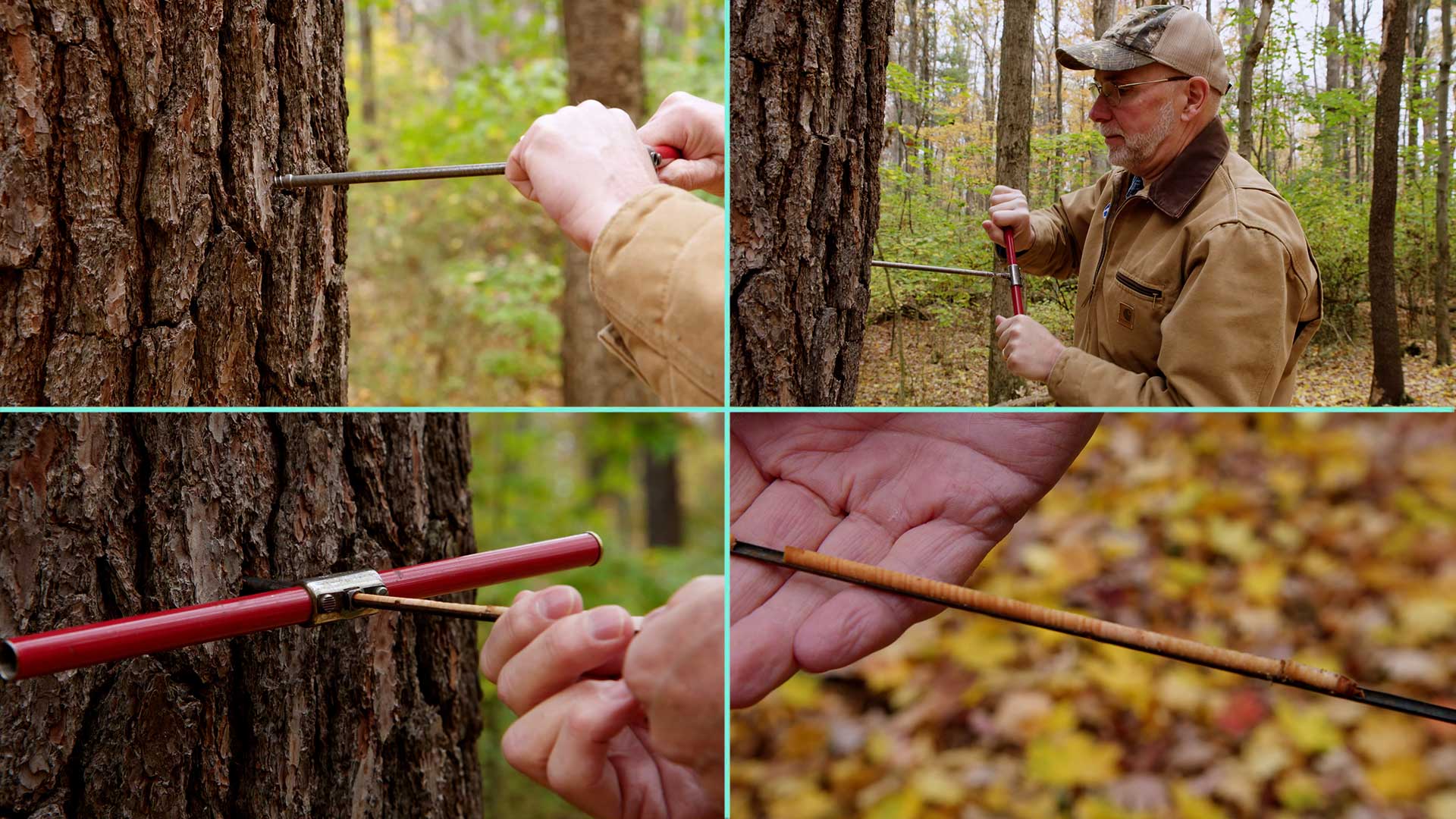
You can core the increment borer into the tree, and then pull that little core of wood out that formed in that hollow drill bit. Every one of the trees in the Arboretum has been cored so we know its age.
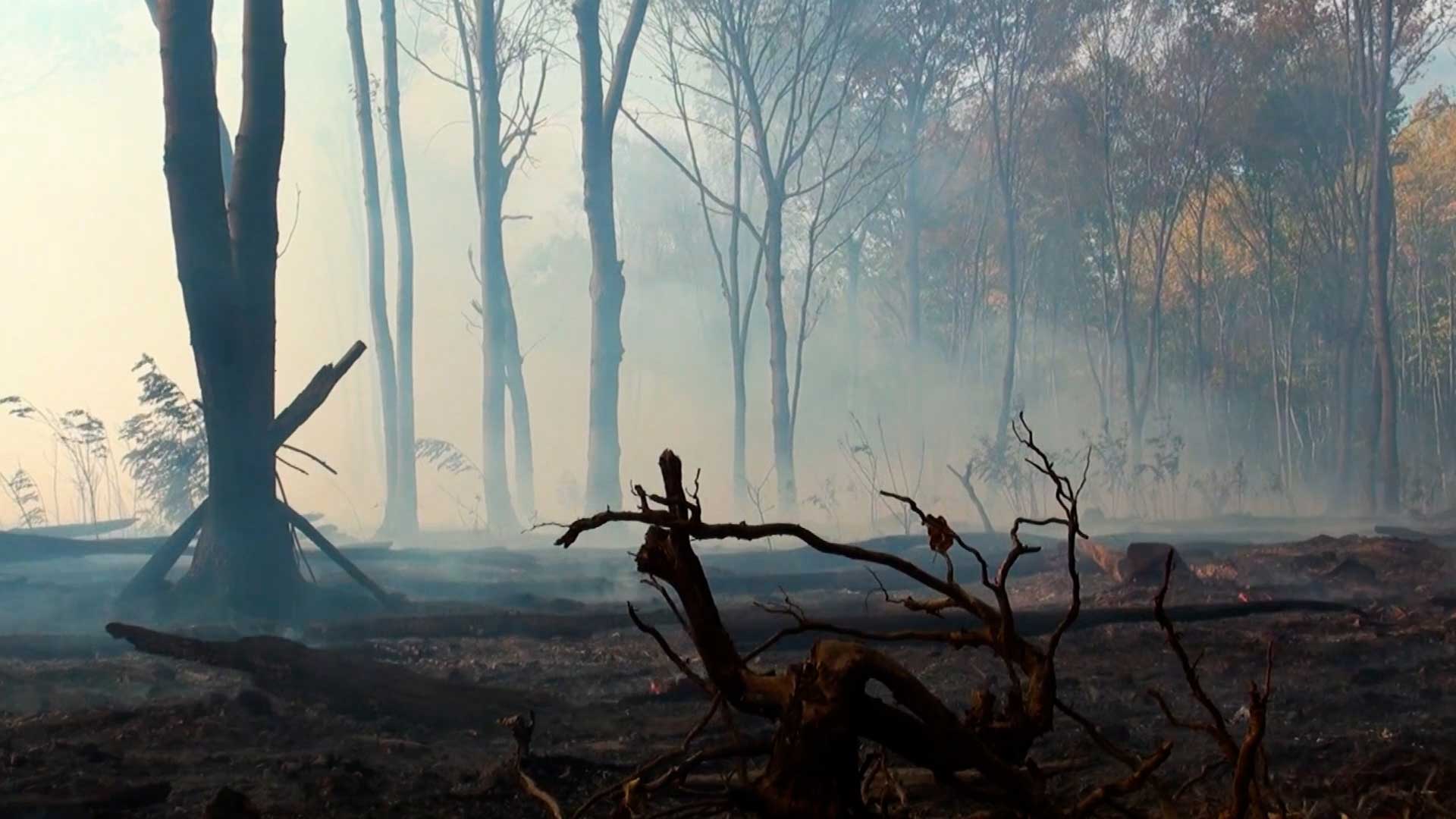
One of the really cool things about old growth, like Hartley Wood, is that they have so much history. Researchers believe that this old growth forest was the result of Native American burning, which was done for agriculture, driving game, and also encouraging berry growth.
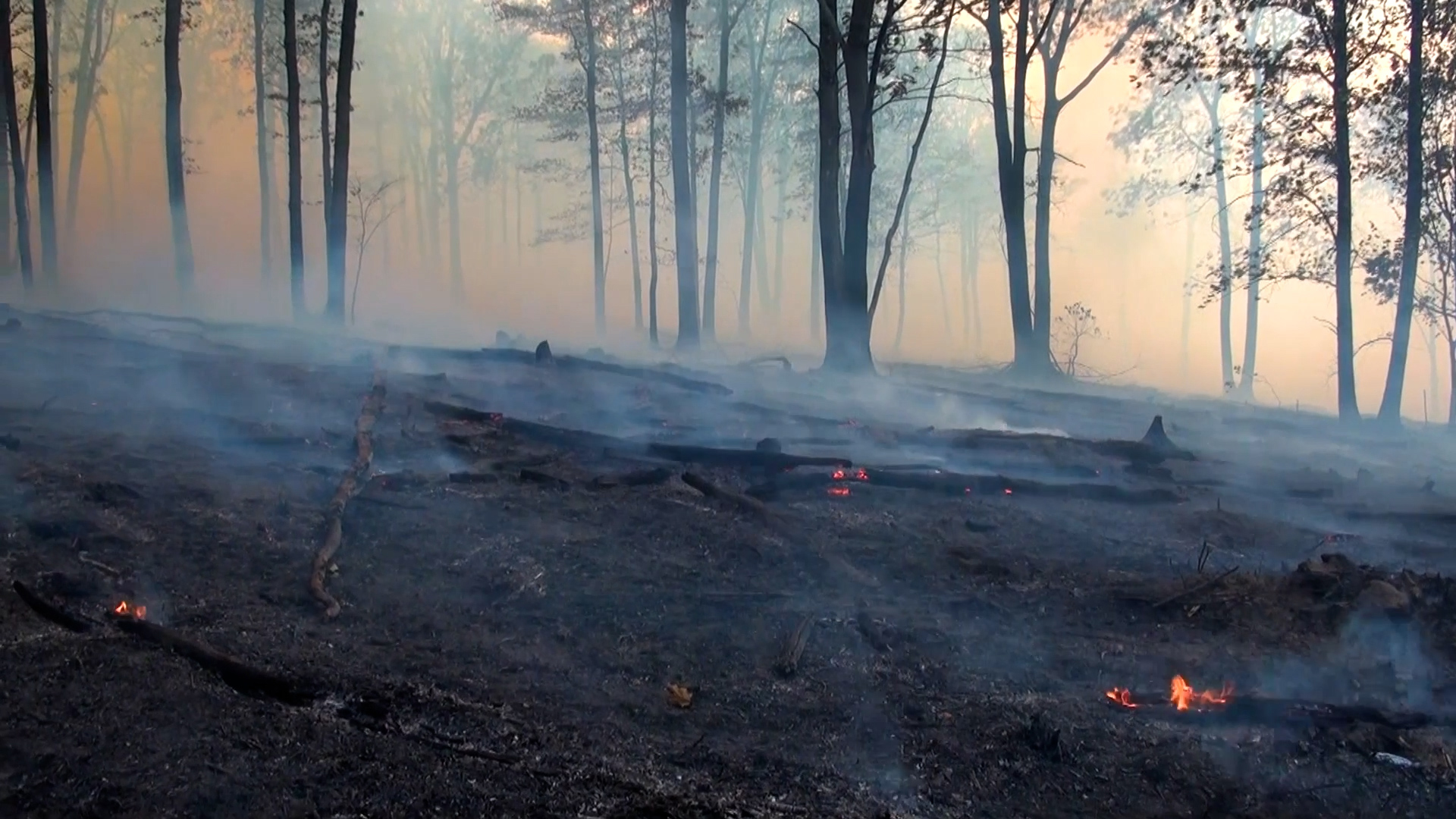
When you burn an area, one of the first trees that comes back and re-establishes on the site are Oak trees. They do much better after a burn and they come up from the roots that weren’t burned.
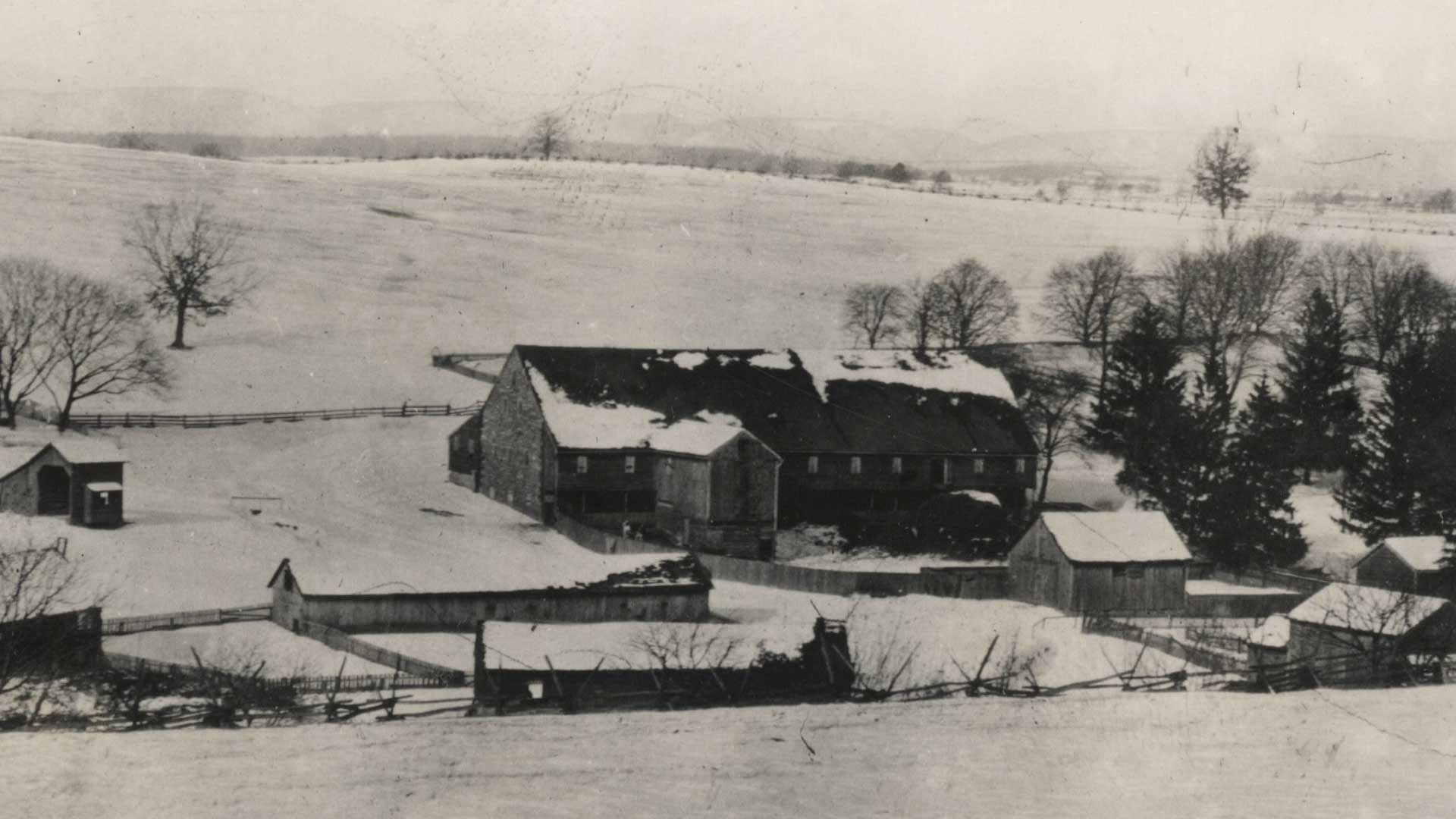
All the land around Hartley Wood was owned by the Iron Furnace. The Hartley Wood was owned by James Hartley, and he didn’t sell his land, including the timber or the trees from his land, to the Furnance.
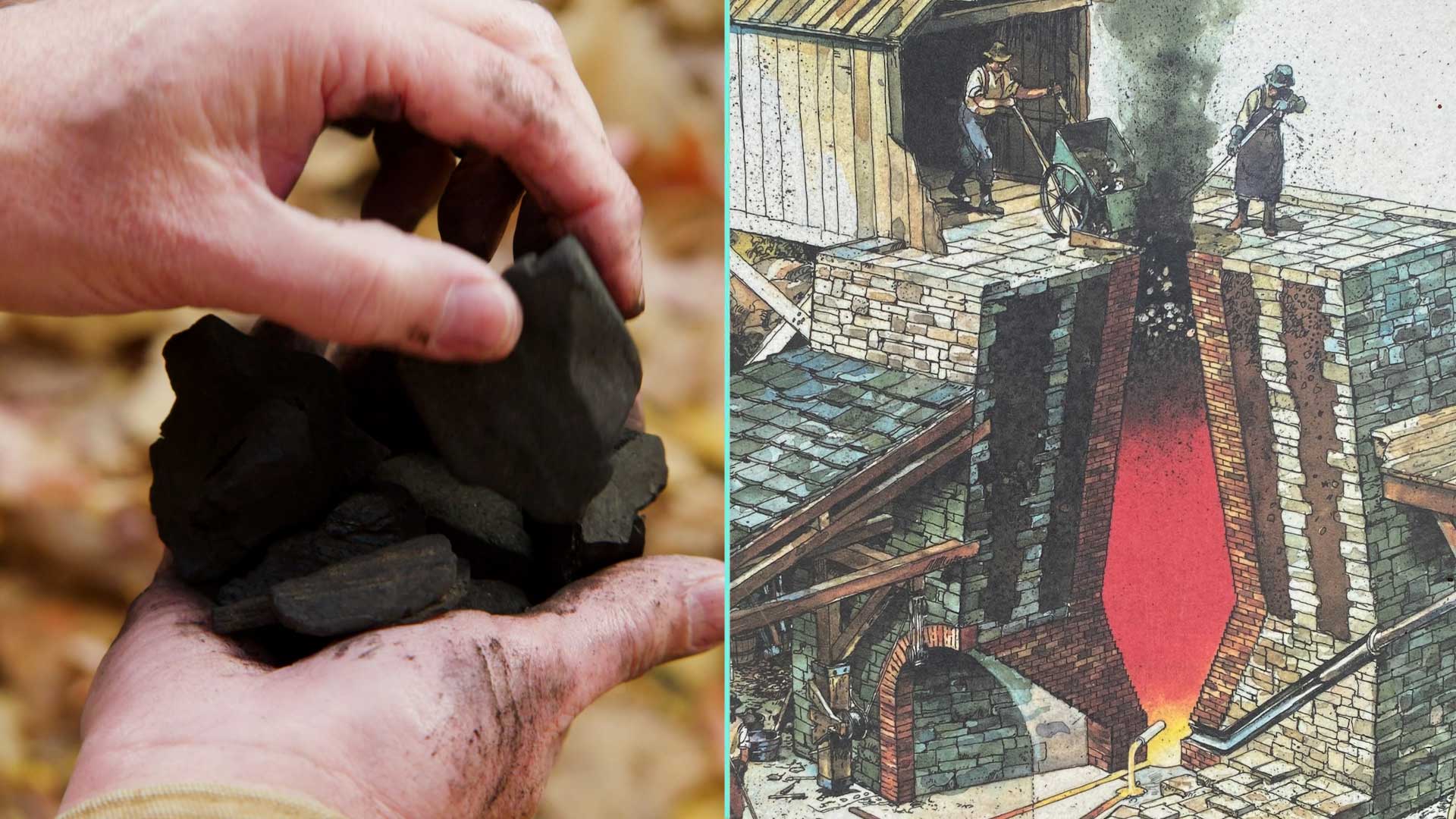
The Iron Furnace cut the forest lands to produce charcoal for smelting iron ore. Smelting means they boiled down the rocks that had iron ore in it, and they produced iron products.
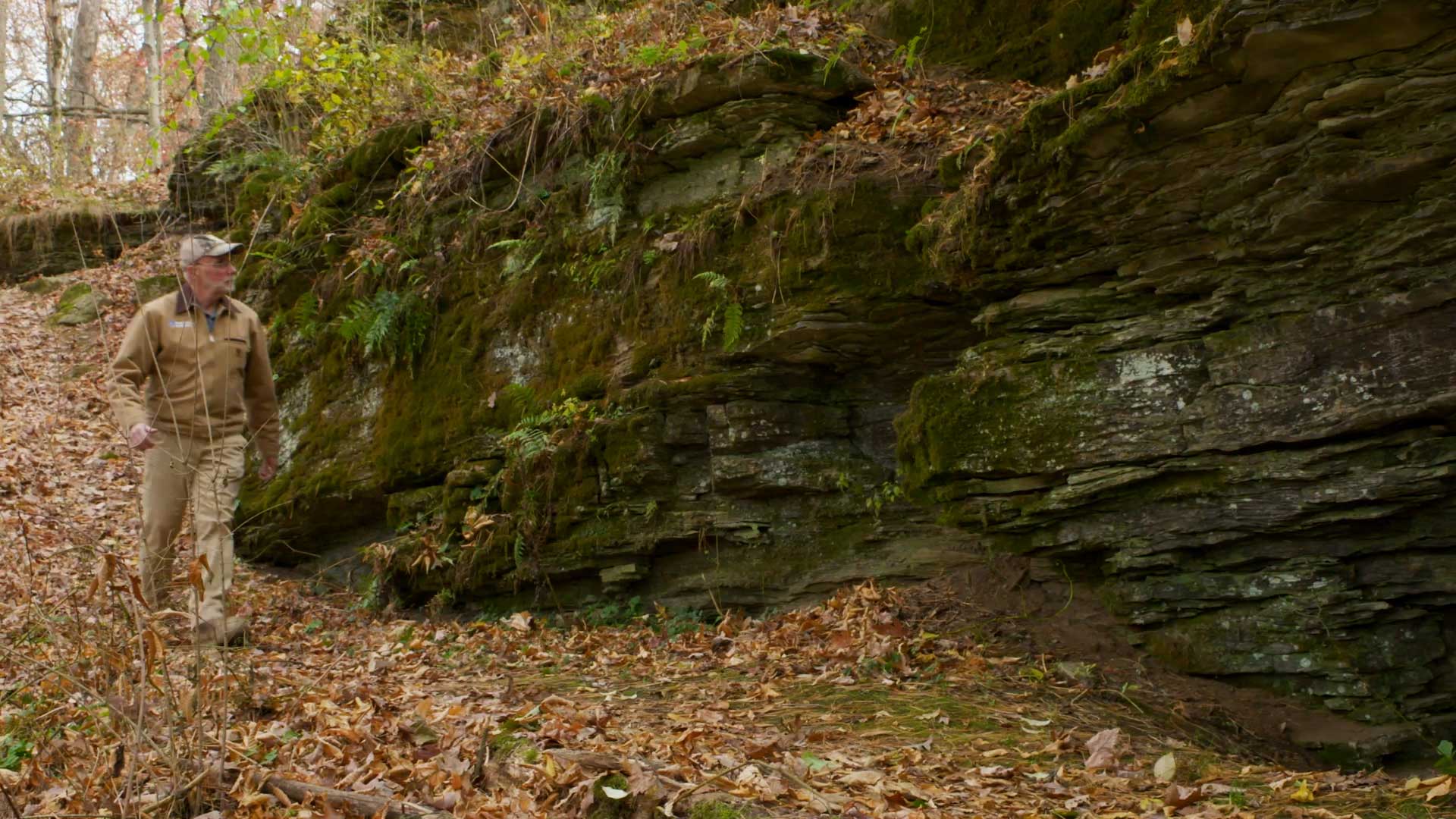
The soil is very shallow in Hartley Wood, which is another reason the forest is probably an old growth forest. This forest was not going to be good land for agriculture, so it was left as forest.
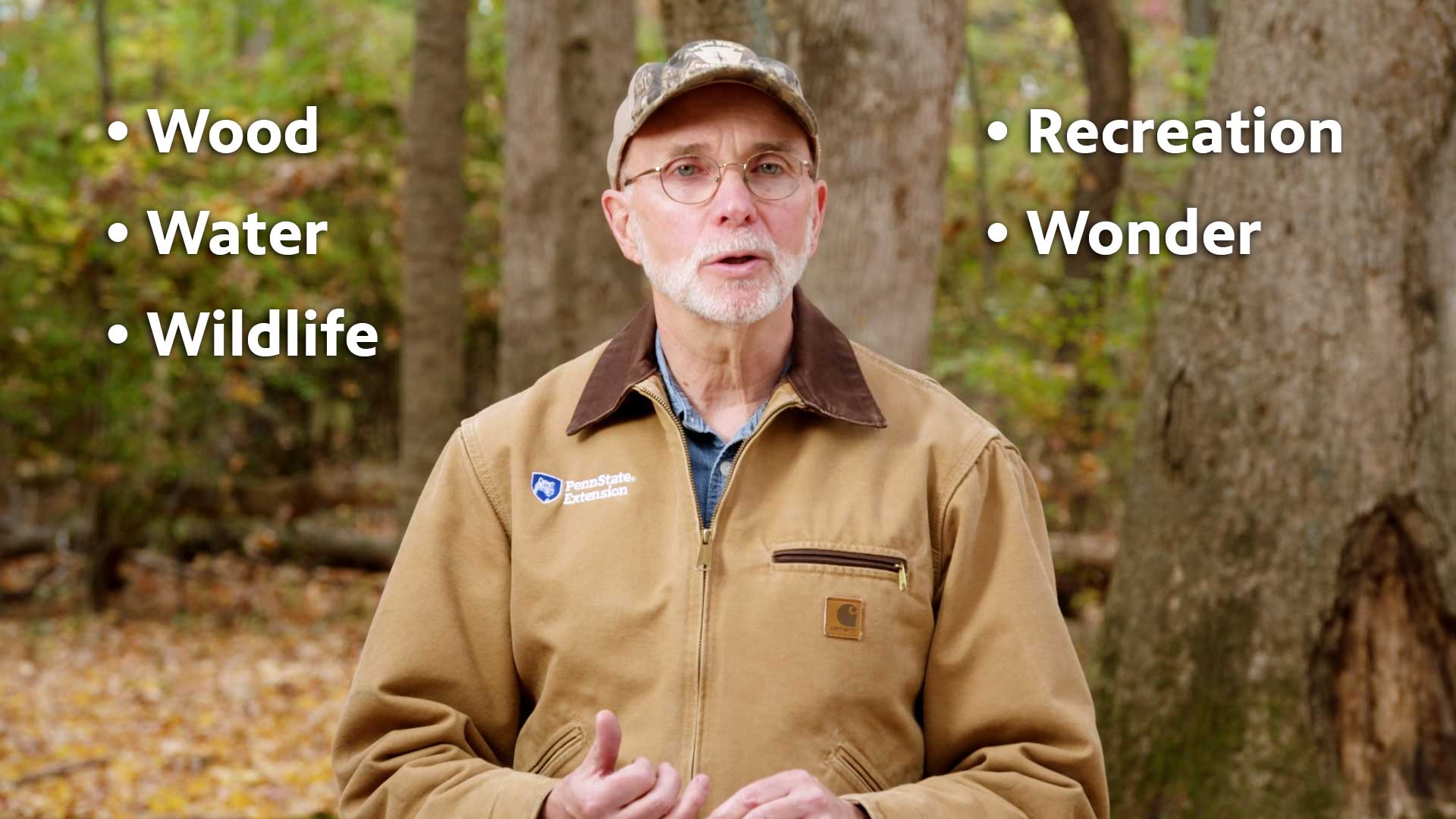
When people come to Hartley Wood, we like to tell them about all the great things that forests provide: wood, water, wildlife, recreation, and wonder.
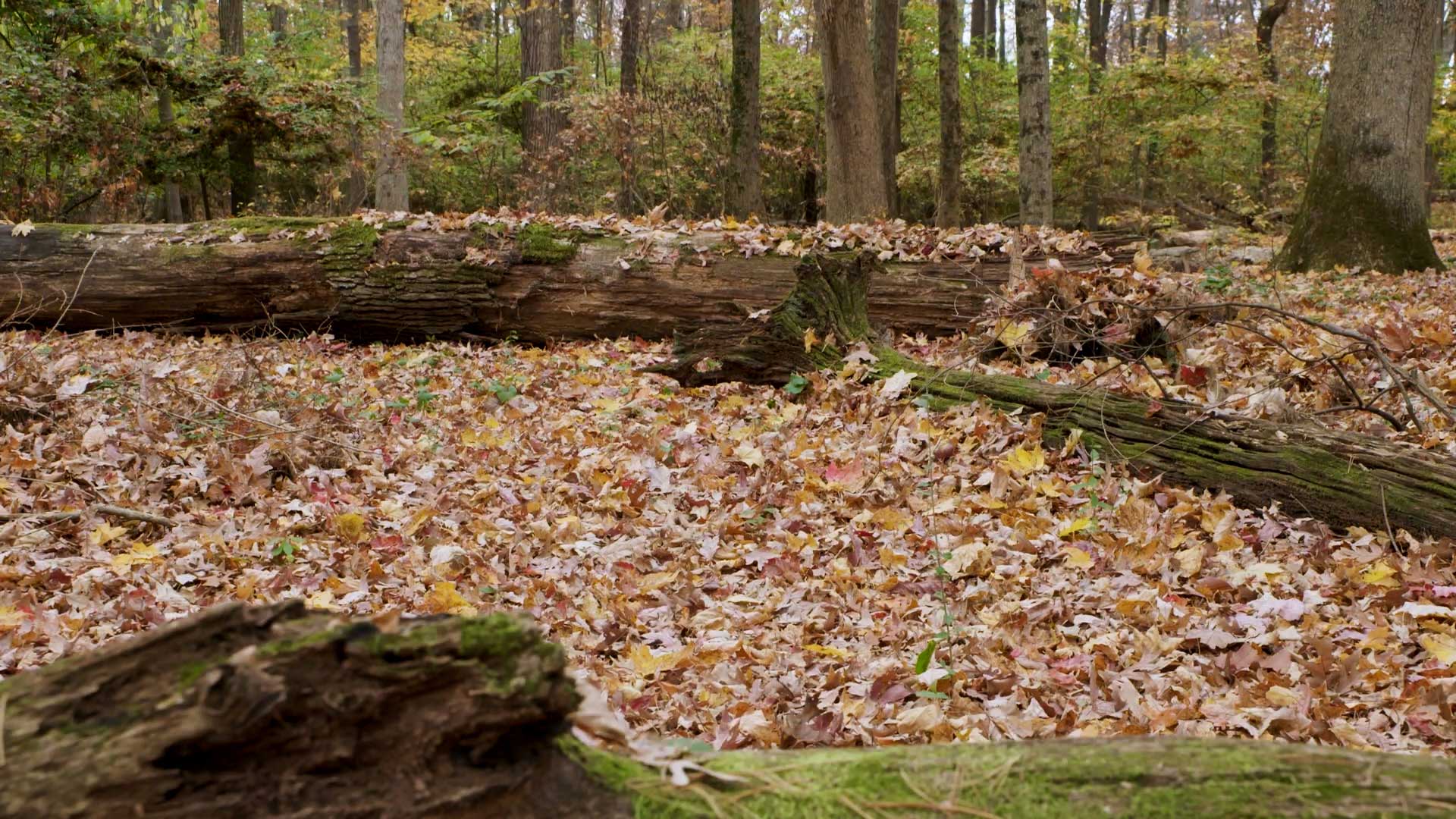
Hartley Wood used to provide wood for people to live off.
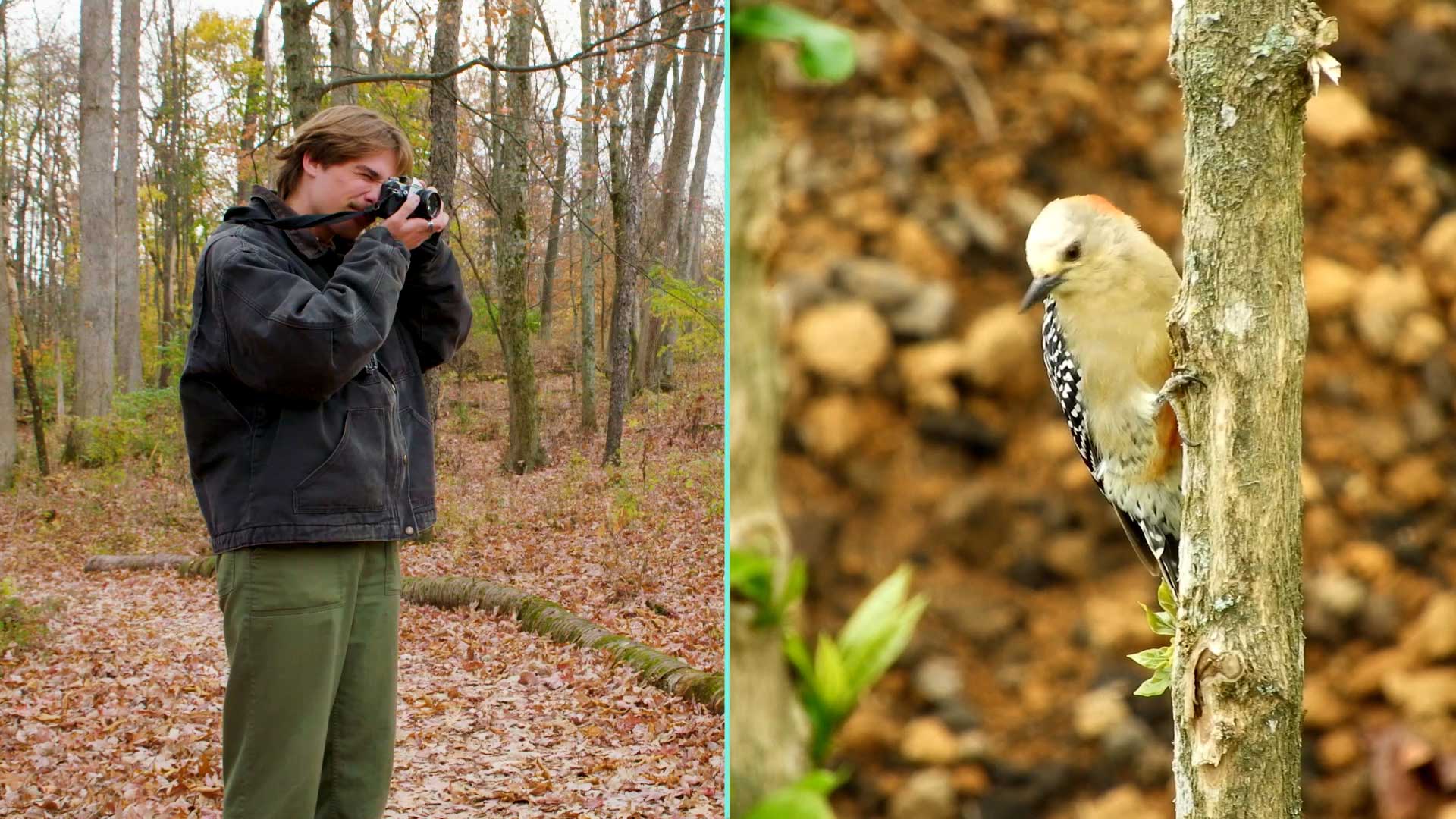
Wildlife is something that people love observing here, especially birds.
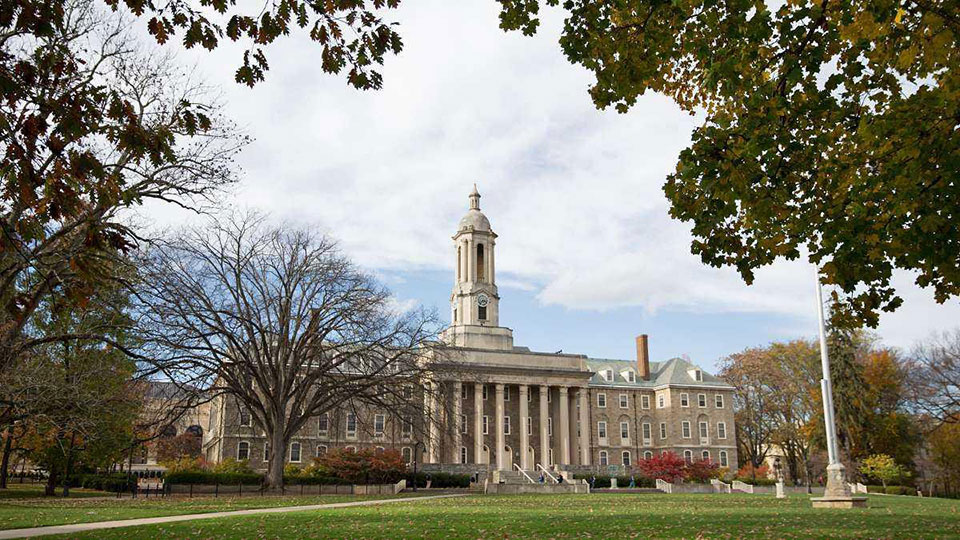
Water moves through Hartley Wood’s forest floor and replenishes the wells at Penn State.
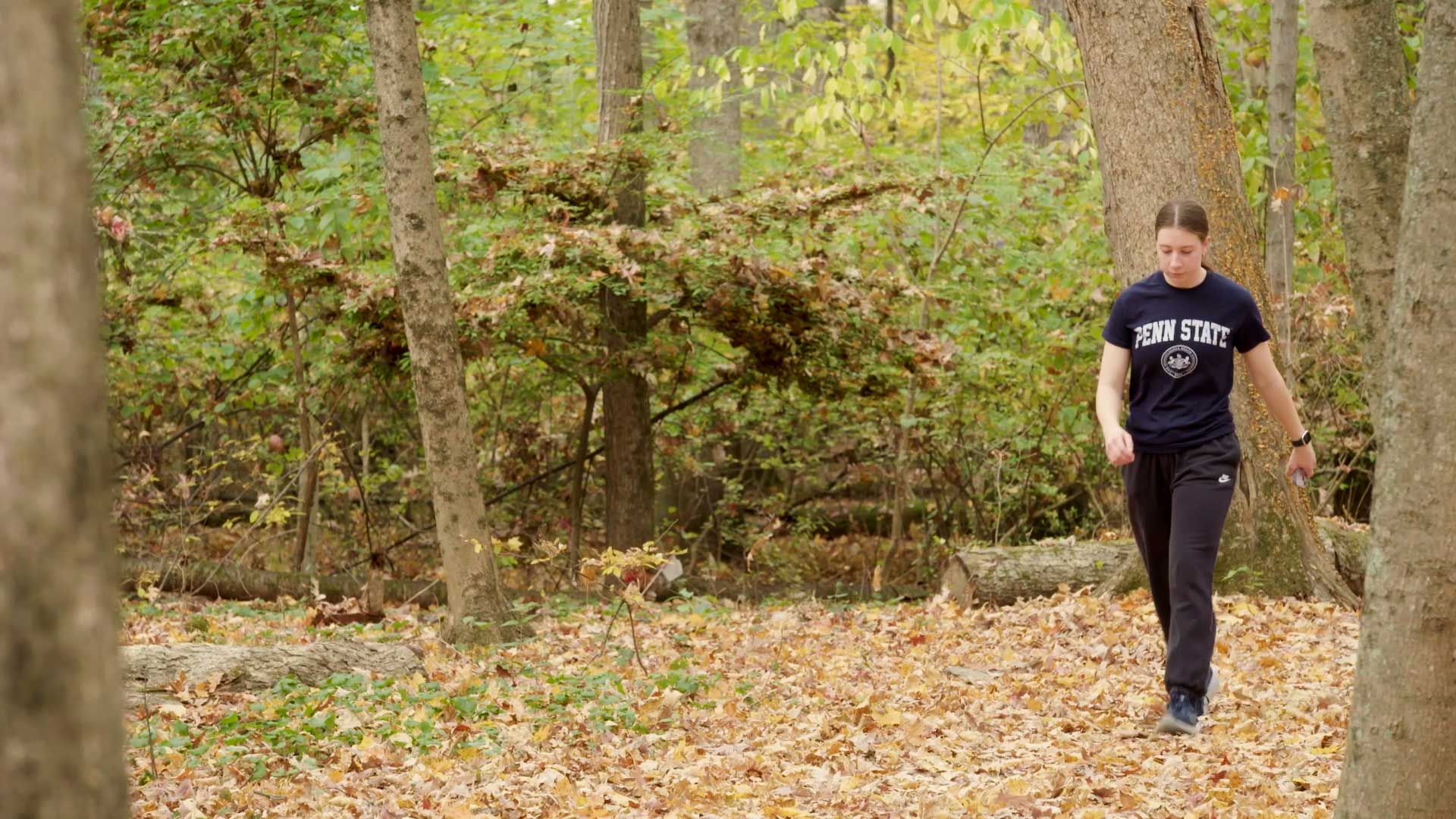
Recreation is something everyone likes to do here: riding bicycles, walking, hiking.
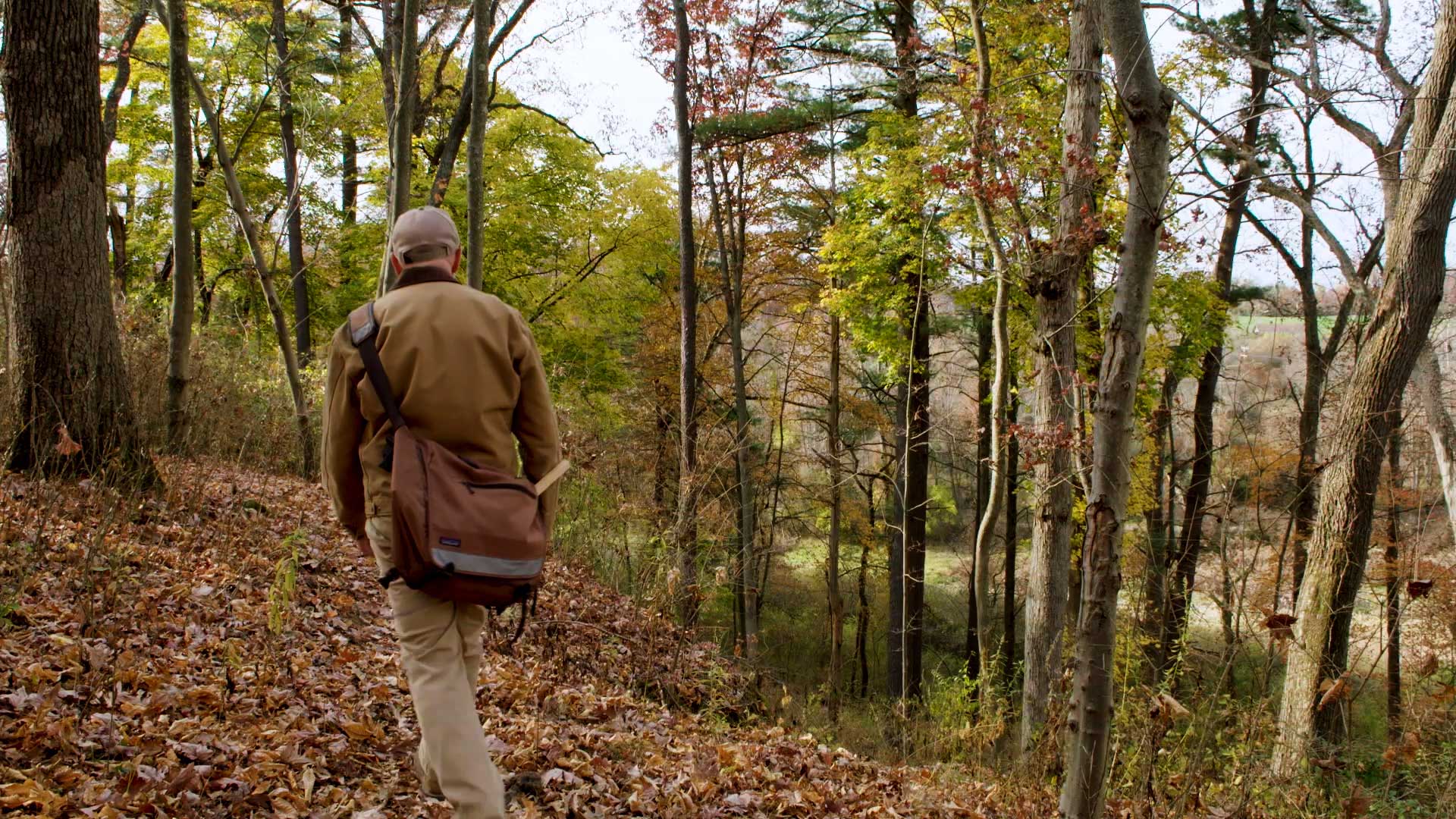
Lastly, wonder is something everyone appreciates. The aesthetic beauty is wondrous and it keeps people coming back all through the year, through every season.